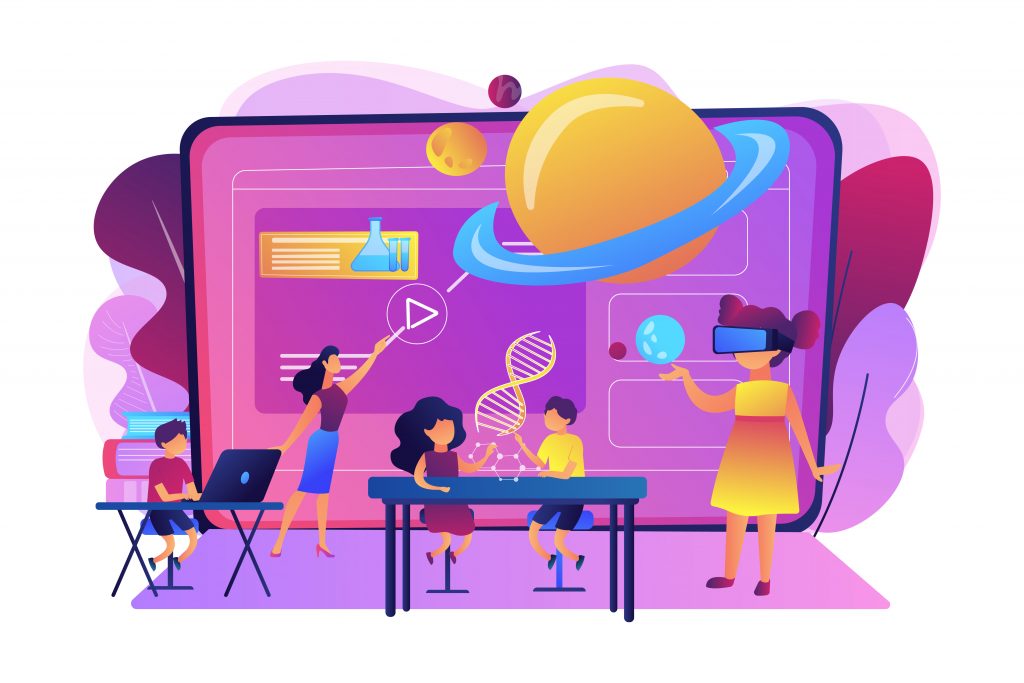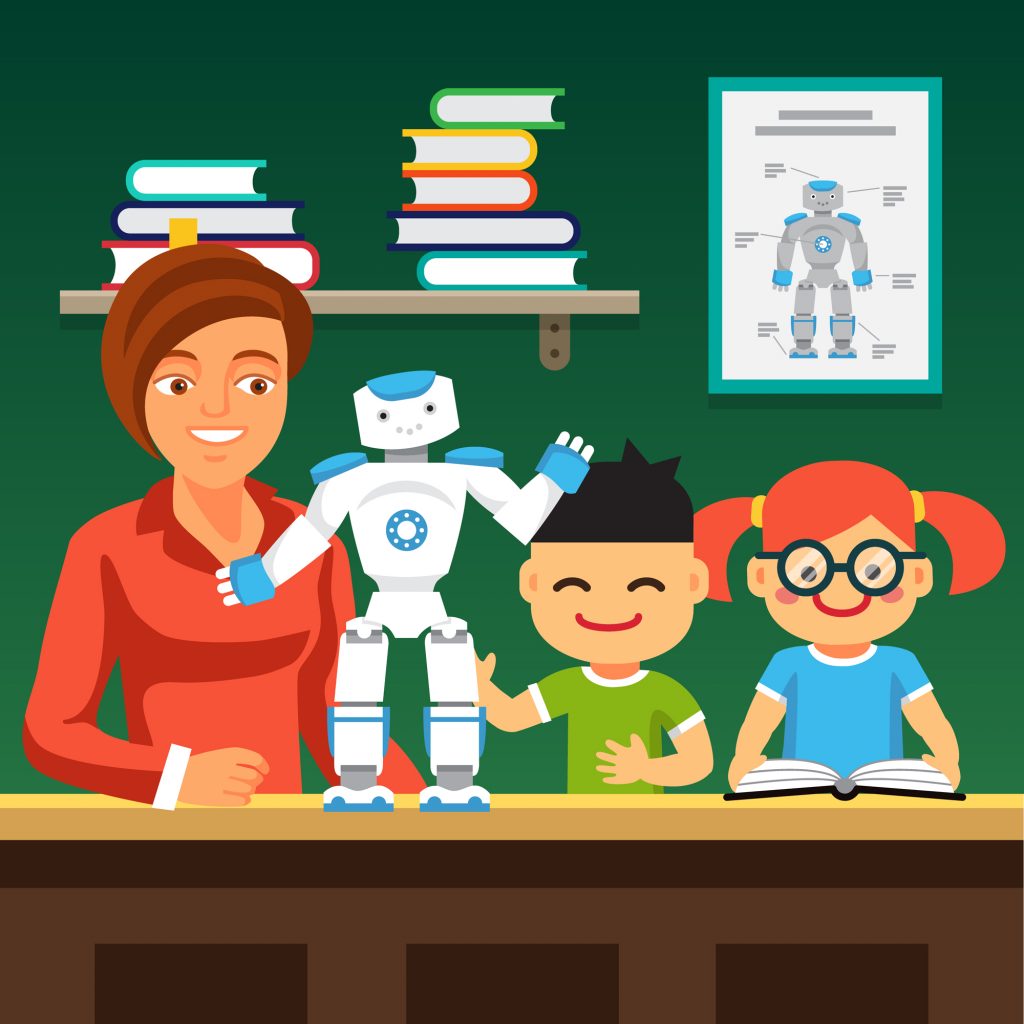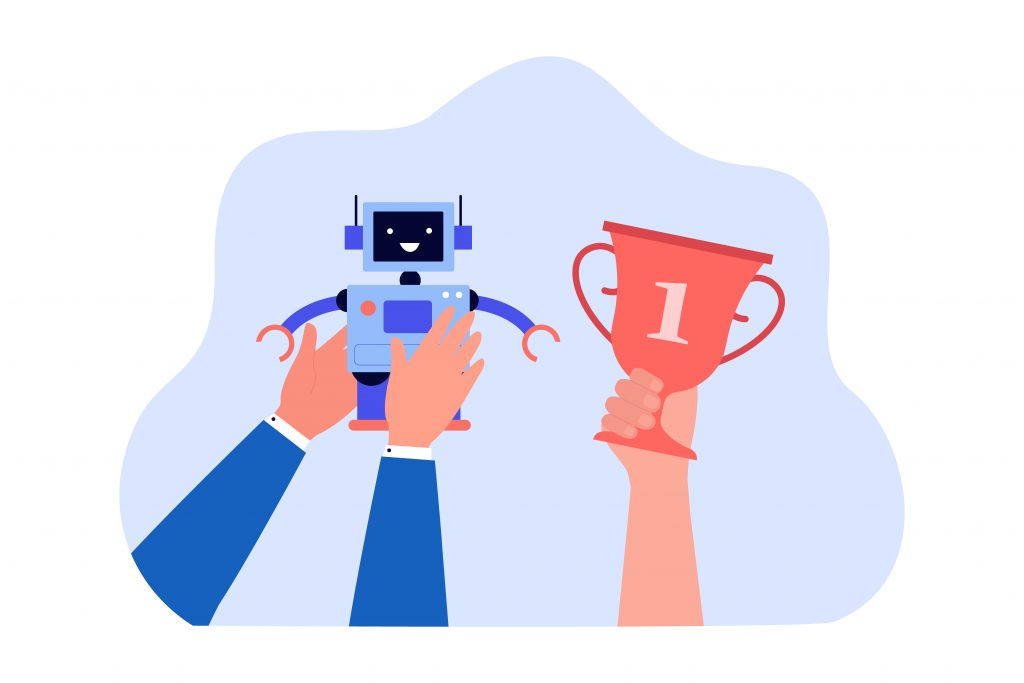Introduction to Contemporary Subjects in NEP 2020
NEP 2020 continues to take advantage of new technologies and contemporary subjects by making a concerted effort to integrate a diverse range of topics and skills into the curriculum. This is in contrast to previous curricular initiatives that sought to focus on only one or two areas at a time.
One example of this is artificial intelligence, which has not yet made it into the curriculum for elementary learners but will be implemented as students progress through secondary school. Design thinking, which is more prevalent at the tertiary level, will be taught from grades 7-9 and then again starting in grade 12. Medical education has also been pushed through legislation so that medical practitioners can easily access holistic health practices such as Yoga and Tai Chi.

What is the new curricular and pedagogical restructure?
The National Education Policy 2020 has recommended concerted curricular and pedagogical initiatives which includes the introduction of contemporary subjects such as Artificial Intelligence (AI), Design Thinking, Holistic Health, Organic Living, Environmental Education, Global Citizenship Education (GCED), among others at relevant stages to improve quality of teach education.
The new curricular and pedagogical restructure of the NEP seeks to provide a more holistic and learner-centric education. Under this new system, students will be encouraged to think critically and creatively, and to develop problem-solving and critical thinking skills. The focus will be on developing the whole child, rather than just on academic achievement.
The new curricular and pedagogical restructure will also see a greater emphasis on experiential learning. This means that students will learn through doing, rather than just through listening to lectures or reading texts. Experiential learning has been shown to be more effective in promoting long-term retention of information.
The new curricular and pedagogical restructure of the NEP is a welcome change that will help to prepare students for the challenges of the 21st century.
Under NEP, govt recommends curricular and pedagogical initiatives to improve quality of teacher education.
The National Education Policy (NEP) recommends curricular and pedagogical initiatives to improve the quality of teacher education. Under the NEP, teacher education institutions will be required to offer a four-year integrated B.Ed. program. This program will include a two-year foundation course, followed by a two-year specialization course.
The NEP also recommends that all teacher education institutions implement a student-teaching program. This program will require students to complete a teaching internship in an actual school setting. The student-teaching program will help to prepare students for their future careers as teachers.
In addition, the NEP recommends that teacher education institutions offer courses on new pedagogies and technologies. These courses will help teachers stay up-to-date with the latest teaching methods and technologies.
Overall, the NEP provides recommendations for how to improve the quality of teacher education. By implementing these recommendations, teacher education institutions can provide their students with the best possible preparation for their future careers as teachers.
Government recommends AI, design thinking for teachers
The government has recommended that teachers use AI and design thinking to improve their teaching. AI can help teachers to create customised learning materials for their students. Design thinking can help teachers to identify problems in their classrooms and come up with creative solutions to them.
Both AI and design thinking are important tools that can help teachers to improve their teaching. However, it is important to remember that they are just tools. They should be used alongside other teaching methods, such as traditional classroom teaching.
Why Teaching AI Is The Future Of Education?

There are many reasons why teaching AI is the future of education. First of all, AI has the potential to revolutionize the way we learn. It can help us to customize our learning experiences and adapt them to our individual needs. AI can also provide us with real-time feedback that can help us to improve our performance.
Another reason why teaching AI is the future of education is that it can help us to prepare for the jobs of the future. Many jobs that will exist in the future haven’t even been invented yet. However, by teaching AI, we can give students the skills they need to be successful in any job that might come up.
Teaching AI is the future of education because it can help us to solve some of the world’s most pressing problems. For example, AI can be used to develop new medicines and treatments for diseases. It can also be used to improve agricultural yield and help us to conserve resources.
Overall, there are many reasons why teaching AI is the future of education. AI has the potential to revolutionize the way we learn and prepare for the jobs of the future. It can also help us to solve some of the world’s most pressing problems.
What are examples of artificial intelligence in education?

1. Artificial intelligence (AI) in education can be used in a number of ways. For example, AI can be used to create personalized learning experiences for students. It can also be used to help teachers plan lessons and assess student progress. Additionally, AI can be used to develop new educational technologies and applications.
2. There are a number of different types of AI that can be used in education. Some of the most common types include machine learning, natural language processing, and computer vision. Each of these types of AI has different potential applications in education.
3. Machine learning is a type of AI that allows computers to learn from data. This type of AI can be used to create personalized learning experiences for students. It can also be used to help teachers assess student progress and plan lessons. Additionally, machine learning can be used to develop new educational technologies and applications.
4. Natural language processing is a type of AI that allows computers to understand human language. This type of AI can be used to create chatbots or virtual assistants for students. It can also be used to help teachers assess student writing samples or answer questions about the curriculum. Additionally, natural language processing can be used to develop new educational technologies and applications
